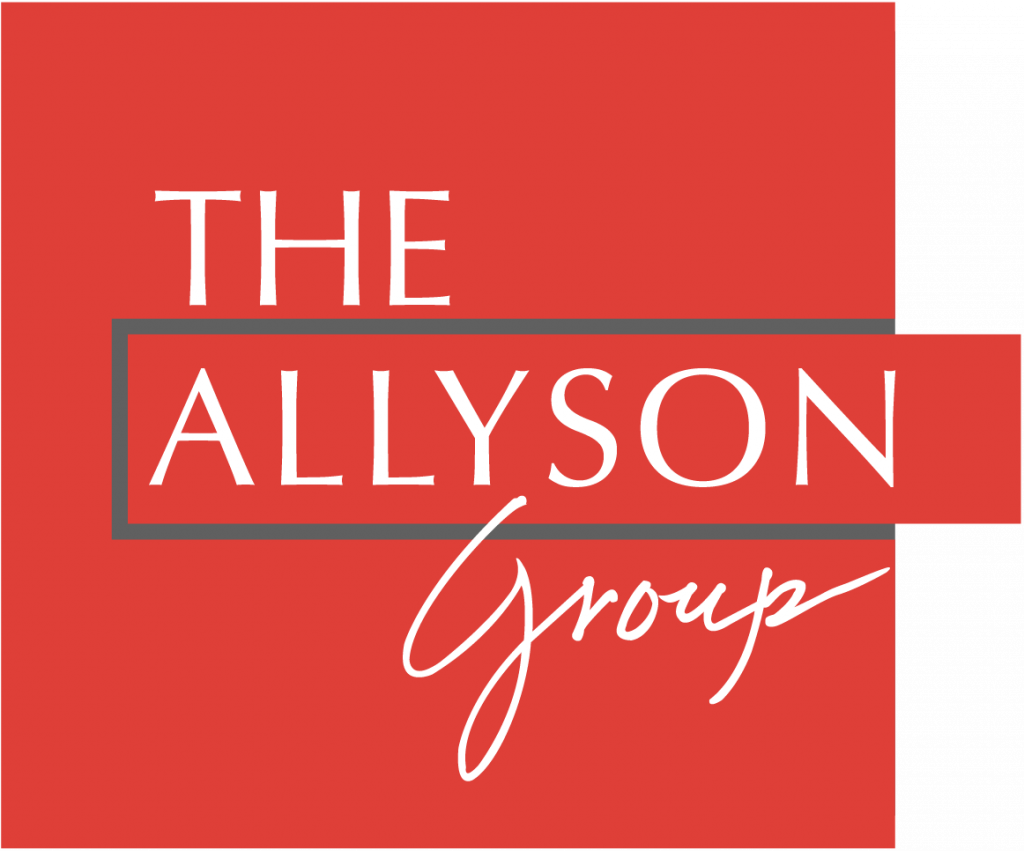Puzzled with how sales and marketing copy differ, and when to use either of the two? I’ll tell you everything you need to know to 5X your brand strategy.
Sales and marketing copywriting tend to get talked about interchangeably, but they have notable differences.
Make no mistake, both forms of copy are VALUABLE for your brand strategy.
Understanding the difference between the two and knowing when to use each will help you develop a well-rounded digital strategy that works consistently.
Let’s peel back the curtain and look at what makes each form of copy unique, so you can decide which is BEST for your specific content or campaign objectives.
Table of Contents:
- What Is Sales copy?
- What Is Marketing Copy?
- Sales Copy Vs. Marketing Copy: Key Differences To Know
- Which Form Of Copywriting Is Best For Your Brand Strategy?
- Copywriter Vs. Content Writer: Which Should You Hire And For What?
- A Done-For-You Content Team For Your Brand’s Marketing
What is Sales Copy?
Sales copy is copywriting created to persuade people to buy products or services.
In other words, it explains (both logically and emotionally) why your product is good for the customer, why it’s better than your competitors’ products, and why your company stands out.
Sales copywriting is used in both business-to-business (B2B) and business-to-consumer (B2C) sales.
But you may notice in B2B copy elements of a longer sales cycle since the sale may involve higher-ticket services or items.
Sales copy typically appears on:
- Your website
- Landing page(s)
- Emails
- Social media posts.
Now, when crafting sales copy, you want to split your words into two categories:
1. Your sales pitch
2. Your sales argument
The sales pitch is a description of your product and its benefits.
The sales argument is an in-depth advocation of your product’s features. Think about how it benefits the customer and the result they’ll experience by using your product or service.
This is where the “persuasion magic” happens in your sales copy!
Lastly, your sales copy should always consist of calls-to-action (CTAs) to clearly show your reader’s next steps.
With a landing page, you can even sprinkle multiple CTAs throughout your page, ESPECIALLY at the bottom.
Let’s now shift gears to what marketing copy is all about!
What is Marketing Copy?
Marketing copy is content that is designed to bring awareness, attract and retain customers.
Marketing copy is usually used for longer-form content like:
- Blog posts
- eBooks
- Social media posts
- White papers (case studies, testimonials sheets, product/service sheets, etc)
You’ll also find marketing copy in shorter content like ads and email.
While sales copy’s role was to convert a prospect into a buyer, marketing copy gears more towards the education and relationship-building side of things.
Excellent marketing copy consists of information that educates a buyer so that they have the right knowledge for the right buying decision.
Then, when the brand (that made the marketing content) has the product or service that the educated buyer needs, it’s a fit for a sale.
This is also important:
On average, you’ll find marketing copy to be a more long-term play so, experienced marketers use it to nurture customer lists and leads.
Like sales copy, marketing copy is made up of a few different components…
Let’s take a blog post, for instance:
You’ll find a headline that captures attention, a subheadline or meta-description for specifics, and paragraphs that deliver information in sequential order.
And of course…you can’t forget your call-to-action (CTA), just like in your sales copy, which is the direction you’re trying to drive readers.
Remember, people reading your marketing content may want to buy by the time they’re finished, so a CTA is STILL valuable.
Sales Copy Vs. Marketing Copy: Key Differences To Know
Knowing these key differences can mean the difference between attracting and landing more customers or having a thin pipeline, so here’s the intel:
Sales copy, on average, is much shorter than marketing copy.
And why is this?
For starters, it’s so that the persuasive arguments are clear and to the point.
After all, shorter statements and text blocks are easier to understand.
Marketing copy is designed to educate, attract new customers, and keep your current customers coming back for more.
For that reason?
The information can be more extended since readers are at the “top of the funnel” and may not be in a “buying” headspace JUST yet.
Sales copy typically takes more brainstorming since you need to assemble key components:
- Your offer
- The features and benefits of your product
- Customer avatar – age, gender, identity, pain points, goals, desires, etc
- Your reader’s thought process and emotions as they read your sales copy
- Proof and testimonials
- Ideal outcomes from your product or service
- CTAs
Marketing copy is best assembled when you understand:
- Where readers are in the buying process
- What they do or don’t know
- What their ideal outcome is with your product or service
- The CTA wording that will best get them to take action

Which Form Of Copywriting Is Best For Your Brand Strategy?
When deciding which copywriting style to use in your brand strategy, you should first determine what you want to accomplish with your content.
- Do you want to drive website traffic? → Sales copy
- Are you trying to convert visitors to your offer? → Sales copy
- Are you building a relationship with your readers? → Marketing copy
- Are you educating your readers? → Marketing copy
- Do you want to close a sale? → Sales copy
Once you’ve decided what you want to accomplish, you can use sales or marketing copy for your strategy!
When to Use Sales Copywriting
Sales copy is best used when you’re trying to generate leads, build an email list, or close a sale.
In other words, sales copy is ideal when you’re focused on driving immediate action.
When thinking of sales copy, just think of “action.”
When to Use Marketing Copywriting
So we now know that marketing copy helps build awareness and relationships with a cold to warm audience.
But, make no mistake that marketing copy still drives action.
However, it’s less direct than sales copy on average.
For this reason, blog posts and long-form content are the best opportunities to build relationships and allow leads to drip into your sales funnel.
A good way to think of this is with the terms “MQL” and “SQL.”
(Don’t worry — they’re simple to understand)
MQL = marketing qualified lead – someone that has the potential to be sales qualified but still needs nurturing.
SQL = sales qualified lead – someone that is ready to buy.
Segmenting your audience in fashion tells you exactly who would benefit from which form of copy.
Pro-tip: use a CRM to organize your leads into different categories.
Copywriter Vs. Content Writer: Which Should You Hire And For What?
Although similar, copywriters and content writers are very different.
Let’s break it down:
A content writer uses marketing copy to craft content with the brand’s voice, tone, and style in mind.
Their input helps create your long–term brand image, influencing how you show up on search engines and the digital space at large.
A copywriter, on the other hand, is responsible for creating sales or marketing content with a more SPECIFIC goal in mind:
Think of a landing page aiming to convert X% of your traffic.
OR an email sequence that will aim to generate X dollar amount in revenue when sent out.
A copywriter is your ideal hire if you’re looking to sell a product or service in any online medium.
A content writer is best when you’re looking to establish your brand as an authority and household name (while still getting leads).
Copywriters will typically cost more — however, their way with words can bring in revenue for months or years down the line with a single landing page.
A Done-For-You Content Team For Your Brand’s Marketing
Whether you’re creating marketing or sales messaging, keeping your reader in mind is ESSENTIAL.
Your copy should be clear, concise, and written using language that resonates with your target audience.
To create compelling sales and marketing copy, you should understand their differences (which this article hopefully helped with) and the form of copywriting that works best for your brand strategy.
Luckily, you’re in the right place if your content needs an excellent, shiny polish.
The Allyson Group is a team of writers that can craft compelling, brand-focused blog content that gets you more eyeballs and future buyers in the process.
Want to learn more?
I’m available to have a value-filled chat with you when you schedule a consultation today!
Thanks for reading, and we’ll talk soon!












